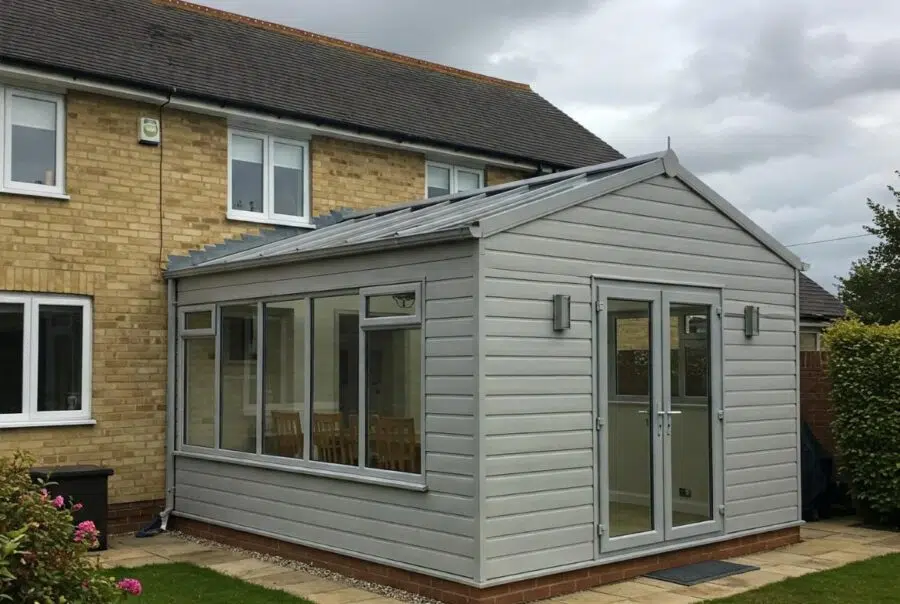
When you're gearing up to give your home a significant update, you'll likely hear the terms "remodeling" and "renovating" used frequently. While they often get tossed around as if they mean the same thing, there are important distinctions between them. Understanding these differences can help you better define your project's scope, budget, and the kind of professional help you might need.
Let's dive into what separates a remodel from a renovation.
Renovating: To Restore and Refresh
Renovation comes from the Latin word "renovare," which means "to make new again." Essentially, renovating a space involves restoring it to a good condition or updating its appearance without altering its fundamental structure or purpose. Think of it as giving a room a facelift.
Key characteristics of a renovation include:
- Focus: Improving the existing condition, aesthetics, and functionality of a space.
- Structural Changes: Typically, none. The layout and purpose of the room remain the same.
- Common Renovation Tasks:
- Painting walls, ceilings, and trim.
- Refinishing hardwood floors or installing new carpeting/tile.
- Replacing outdated light fixtures or plumbing fixtures (like faucets and showerheads) with new ones in the same locations.
- Refacing or painting kitchen cabinets and replacing hardware.
- Replacing countertops.
- Repairing damaged drywall or plaster.
- Updating windows or doors with newer, more efficient models of the same size.
Think of it this way: If you're sprucing up your bathroom with new tile, a new vanity (in the same spot), and fresh paint, you're renovating. The bathroom is still a bathroom, and its basic layout hasn't changed.
Remodeling: To Change the Form or Structure
Remodeling, on the other hand, implies a more significant change to the form or structure of a space. When you remodel, you are altering the design, layout, or even the purpose of a room or area.
Key characteristics of a remodel include:
- Focus: Transforming the character, layout, or function of a space.
- Structural Changes: Often involved. This can range from moving non-load-bearing walls to more extensive structural work.
- Common Remodeling Tasks:
- Removing a wall between the kitchen and dining room to create an open-concept layout.
- Expanding a bathroom by incorporating space from an adjacent closet.
- Converting an attic or basement into a livable space like a bedroom, home office, or family room.
- Changing the layout of a kitchen, including moving appliances and plumbing.
- Adding a new room or an entire wing to a house.
- Raising ceilings or altering rooflines.
Think of it this way: If you're taking out that wall between your kitchen and living room, moving your sink to an island, and installing all new cabinetry in a different configuration, you're remodeling your kitchen. You've changed its fundamental structure and flow.
Why Does This Distinction Matter for Your Project?
Understanding whether your project is a renovation or a remodel has practical implications:
- Scope & Complexity: Remodels are generally larger in scope, more complex, and involve more planning and coordination of different trades (plumbers, electricians, carpenters, etc.) than renovations.
- Cost: Due to their greater complexity and potential for structural work, remodels typically cost more than renovations. Changing layouts and moving plumbing or electrical systems adds significant expense.
- Permitting: Remodeling projects, especially those involving structural alterations, changes to electrical or plumbing systems, or adding square footage, are much more likely to require building permits from your local municipality. Simple renovations might not, or may only need permits for specific electrical/plumbing updates.
- Timeline: Remodels usually take longer to complete than renovations.
- Professional Help: While some homeowners might tackle DIY renovations, remodels often necessitate the expertise of a general contractor, architect, or interior designer to manage the design, structural considerations, and various trades involved.
Which Path is Right for Your Home?
- Consider Renovation If:
- You generally like the layout and function of your space but want to update its look, fix wear and tear, or improve its condition.
- You're working with a more modest budget or a tighter timeline.
- You're looking for a refresh to improve your home's appeal for a potential sale without undertaking a massive project.
- Consider Remodeling If:
- The current layout of your home doesn't meet your functional needs (e.g., kitchen is too small, not enough bathrooms).
- You want to change the purpose of a room or add significant new living space.
- You're prepared for a more substantial investment in terms of both time and money.
- You're aiming for a major transformation that will significantly alter how you live in and experience your home.
Whether you decide to renovate or remodel, starting with a clear understanding of your goals, budget, and the scope of work involved is the first step towards a successful and satisfying home improvement project. Knowing the difference between these two terms will help you communicate more effectively with professionals and set realistic expectations for the exciting changes ahead.